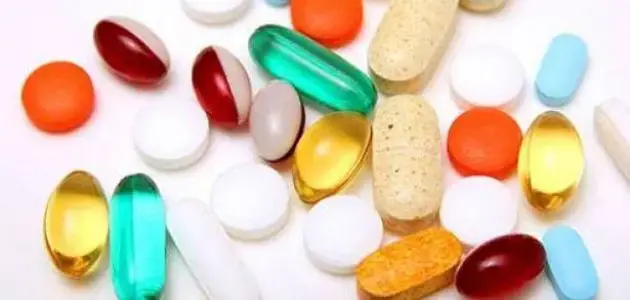Children are often susceptible to various health issues due to poor diets or weakened immune systems. One common condition is vitamin D deficiency, which occurs when blood levels of this essential nutrient fall below the normal range. This can result in weakened, soft, or misshapen bones. Ensuring children get enough vitamin D is crucial, as their bodies are particularly sensitive to such deficiencies. In this article, we’ll explore the causes, symptoms, and effective treatments for vitamin D deficiency in children.
How to Treat Vitamin D Deficiency in Children and Adults
- Ensure the child's diet includes foods rich in vitamin D.
- Encourage adequate exposure to sunlight, especially in the early morning.
- Use dietary supplements that contain vitamin D, under medical supervision.
- In more severe cases, administer vitamin D through oral or intravenous medications.
Causes of Vitamin D Deficiency
- Spending long hours indoors with little exposure to sunlight.
- Following a plant-based diet that lacks natural sources of vitamin D.
- Darker skin pigmentation, which reduces the skin’s ability to produce vitamin D from sunlight.
- Liver or kidney disorders that impair the body’s ability to process vitamin D.
- Genetic disorders that cause high phosphate levels, affecting vitamin D metabolism.
- Overdressing children or excessive use of sunscreen, which blocks UVB rays.
- Digestive issues that hinder absorption of vitamin D in the intestines.
Symptoms of Vitamin D Deficiency in Children and Adults
- General weakness and fatigue.
- Muscle and joint pain.
- Higher risk of early mortality in children.
- Memory and cognitive impairments.
- Muscle spasms and cramps.
- Difficulty walking or bowed legs in children.
- Noticeable hair loss.
- Frequent bone fractures from minor impacts.
- Chronic back pain.
- Joint inflammation, including rheumatoid arthritis.
- Severe headaches, including migraines.
- High blood pressure.
The Importance of Vitamin D
- Maintains mineral balance within the body.
- Regulates calcium and phosphorus levels.
- Prevents excessive mineral loss through the kidneys.
- Enhances mineral absorption in the intestines.
- Helps prevent the growth of cancer cells and strengthens the immune system.
- Protects bones against osteoporosis and other bone-related diseases.
- Supports healthy cell growth and development.
Foods Rich in Vitamin D
- Milk and dairy products like cheese and yogurt.
- Fatty fish such as salmon, tuna, and shrimp.
- Egg yolks.
- Mushrooms.
- Fortified soy and almond milk.
- Animal liver (e.g., chicken or beef liver).
- Cod liver oil.
Video: How to Treat Vitamin D Deficiency
Watch the video to learn more about effective treatments for vitamin D deficiency:
Embed video or provide video link hereLeave a comment
Your email address will not be published. Required fields are marked *




